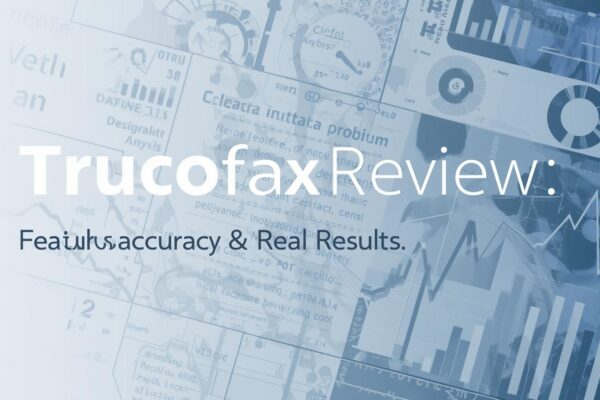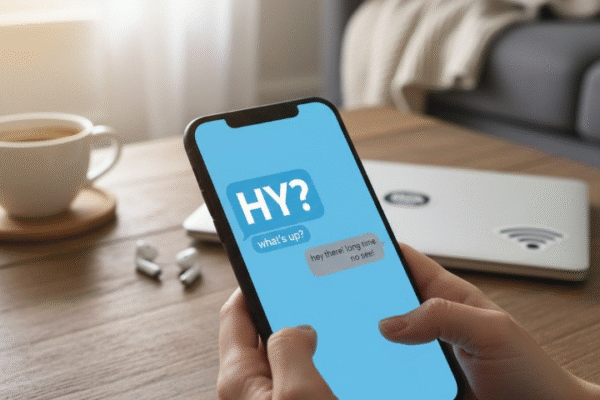In today’s digital age, new threats and risks emerge constantly, often disguised as harmless or even helpful tools. One such concern gaining attention is 24ot1jxa, a term that has left many users wondering about its potential dangers. While it may sound unfamiliar, understanding what 24ot1jxa is and how it can harm you is crucial for safeguarding your online and offline well-being. This article explores why 24ot1jxa can be harmful and offers simple, effective strategies to protect yourself.
What is 24ot1jxa?
Before delving into the dangers, it’s important to clarify what 24ot1jxa actually is. As of now, 24ot1jxa appears to be a cryptic or code-like term that may be associated with malicious online activities, scams, or harmful software. It could be linked to phishing schemes, malware, or deceptive links designed to steal personal information or compromise device security. Sometimes, such terms are used as part of spam campaigns or malicious advertisements to lure unsuspecting users into risky situations.
Why Can 24ot1jxa Be Harmful?
Understanding the risks associated with 24ot1jxa helps in recognizing the importance of vigilance. Here are some reasons why this seemingly obscure term or related content can be dangerous:
1. Malware and Virus Infection
One of the primary threats linked to suspicious links or files associated with 24ot1jxa is malware. Malware can infiltrate your device silently, corrupting files, stealing sensitive data, or even taking control of your system. Once infected, your device may slow down, crash, or become part of a botnet used for malicious activities.
2. Phishing and Identity Theft
Cybercriminals often use deceptive links or messages containing 24ot1jxa to trick users into revealing personal information. Phishing attacks can lead to identity theft, financial loss, or unauthorized access to your online accounts. Once scammers have your data, they can exploit it in various malicious ways.
3. Financial Scams
Links or messages related to 24ot1jxa might direct users to fake websites designed to look legitimate. These sites often prompt users to enter banking details, credit card information, or login credentials, resulting in financial theft or fraud.
4. Data Loss and Privacy Breaches
Engaging with content associated with 24ot1jxa can compromise your privacy. Sensitive data stored on your device or cloud accounts could be accessed and exploited, leading to long-term privacy issues.
5. System Vulnerabilities
Malicious links or files can exploit vulnerabilities in your operating system or software, leading to remote access or control over your device. This can open doors for further attacks or data breaches.
Simple Ways to Protect Yourself from 24ot1jxa-Related Threats
Awareness is the first step towards protection. Here are practical, easy-to-implement strategies to safeguard yourself against potential harm from 24ot1jxa-related threats:
1. Avoid Clicking Unknown Links or Attachments
If you receive a message, email, or notification containing 24ot1jxa or similar suspicious content, do not click on any links or download attachments. Cybercriminals often use such tactics to infect devices or steal information.
2. Use Reliable Security Software
Deploy trusted antivirus and anti-malware programs to safeguard your devices from threats. Regularly update these tools to ensure they can detect and block the latest threats associated with malicious codes like 24ot1jxa.
3. Keep Your Software and Systems Up-to-Date
Software developers frequently release security patches to fix vulnerabilities. Keeping your operating system, browsers, and applications updated reduces the risk of exploitation through malicious code.
4. Enable Two-Factor Authentication (2FA)
Adding an extra layer of security to your online accounts can prevent unauthorized access even if your login details are compromised. Enable 2FA on your email, banking, and social media accounts.
5. Be Cautious with Personal Information
Avoid sharing sensitive information online unless you are absolutely certain of the recipient’s legitimacy. Be especially wary of unsolicited requests for personal or financial data.
6. Educate Yourself and Others
Stay informed about common online scams and threats related to terms like 24ot1jxa. Educate friends and family members to recognize suspicious content and protect themselves.
7. Use Strong, Unique Passwords
Create complex passwords for each of your accounts. Consider using a password manager to keep track of them securely.
8. Regularly Back Up Data
Maintain regular backups of your important files and data. In case of infection or data loss, backups allow you to restore your information without paying ransom or losing valuable data.
Final Thoughts
While the term 24ot1jxa may seem obscure or technical, the underlying threats associated with such suspicious content are very real and can have serious consequences. From malware infections to identity theft, cybercriminals continuously develop new tactics to exploit unsuspecting users.
By staying vigilant, practicing safe online habits, and employing basic cybersecurity measures, you can significantly reduce your risk of harm. Remember, awareness and proactive protection are your best defenses against the dangers posed by malicious entities like 24ot1jxa.






